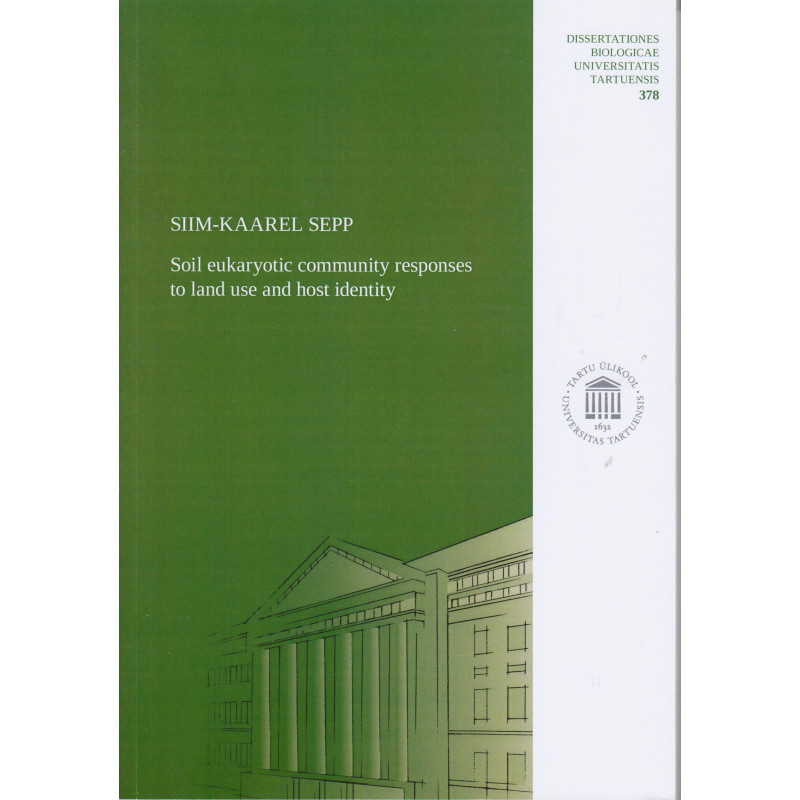



Tartu : University of Tartu Press, 2020
222 p.
Paperback, in very good condition.
Theses(doctorate).Series: Dissertationes biologicae Universitatis Tartuensis ; 378. Summary in Estonian.
Doing research on belowground organisms is troublesome – in addition to being hidden from the everyday perspective on the world, most soil-dwellers are either microscopic or at least small enough to seriously hinder detection and identification. Luckily, recent decades have advanced molecular techniques enough to allow ecologists to delimit organisms based on DNA sequences, and rapid developments in quantifying and making sense of the belowground biosphere are underway. Still, due to the hasty pace in which this field of ecology is evolving – biogeographical works resembling that of early naturalists’ are being conducted in parallel with validating old and generating new ecological principles for soil – much of the results are contradictory and gaps in knowledge can span entire ecosystems. The PhD thesis in hand dealt with global and regional anthropogenic impact on one of the ubiquitous groups of soil organisms – arbuscular mycorrhizal (AM) fungi that form symbiosis with nearly 80% of land plants. We found that stress caused by human influence (or in some cases, cessation of) strongly influences the compositional structure of AM fungi, but does not always directly translate to loss of biodiversity. As the compositional structure could be viewed as a proxy of the functional characteristics we speculate that human disturbance might influence the function of the belowground biosphere. Further, we demonstrated that human disturbance could have an opposite effect at different ends of the natural biodiversity gradient – naturally species poor sites gain in biodiversity and vice versa. In order not to be confined to a single organism group, we showed co-varying changes of different groups of soil-dwelling eukaryotes, from symbiotrophic fungi to soil animals, in response to human-mediated change of habitat. To our great surprise, we also found that despite the great imbalance of the overall diversity of AM fungal species and plant species with whom they form symbiosis with (the ratio of land plant species to AM fungal species is about 300:1), the communities of AM fungi in plant roots are not assembled randomly. Instead, the plant-fungal interaction network follows certain structural principles that promote resilience and symbiotic partners seem to prefer some species to others.